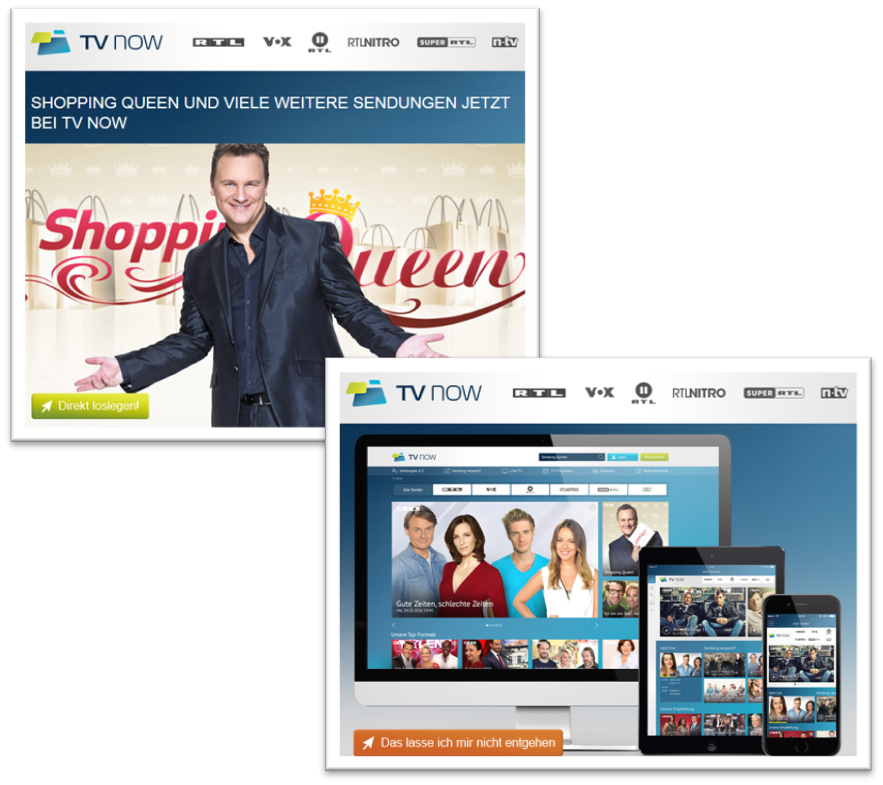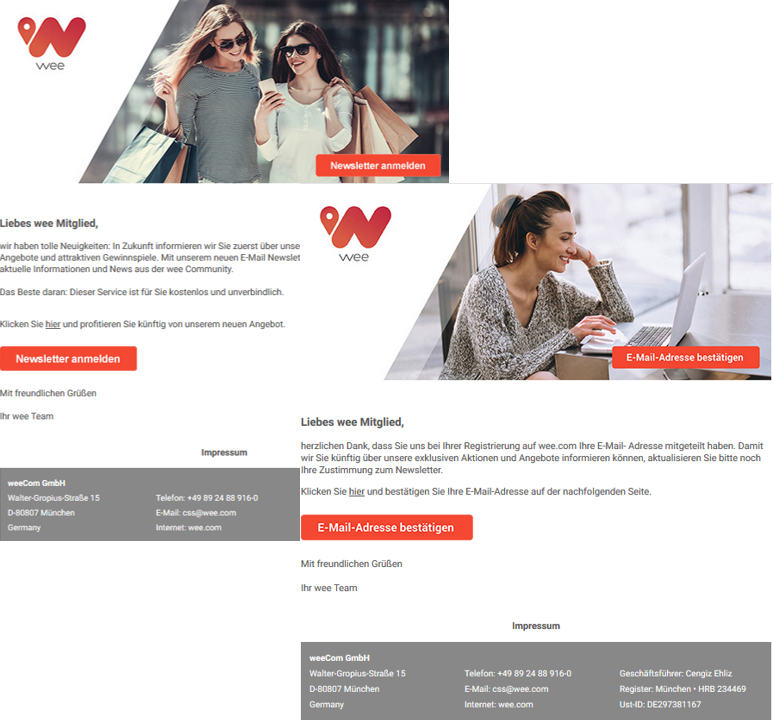Do you know the average click rate of your marketing and service emails? If not, you should find out quickly. After all, the click rate is one of the most important parameters for optimizing your email marketing. The more customers click on the buttons, articles, links, etc. in your emails, the more customers are likely to convert. The most important factors that influence the click rate of your emails are the header, structure, design, arguments, and call-to-action buttons. We show you how to successfully improve your click-through rate by testing these factors.
The average gross click rate in email marketing in the D/A/CH region is 5.2 percent. If your click rate is significantly lower, there is an acute need for action. But even if you are one of the top performers, every improvement counts and can have a significant impact on the overall success of your email marketing. Therefore, test all factors that have an impact on your click-through rate. The best way to do this is to test the factors mentioned above individually and optimize them successively one after the other. If you test several factors at the same time, it can be difficult to determine which factor has had how much effect on the result.
Testing headers
The header is the topmost graphic in an email. Headers are particularly eye-catching and are often used to emotionalize or provide a call-to-action.
Whatever your objective is with a header, test different sizes, image motifs, colors, etc. Especially if your email has only one purpose (e.g. to promote a new product or a webinar), the header is very important. In the best case, your customer clicks on the header immediately and doesn’t even have to deal with the rest of the email. Goal achieved, with only one graphic! Test different headers in different sizes and with different visual language to find out which header your customers click on most often.

Additional tip: Also test if you need a header at all. You may even find that a variant without header works better than one with one.
Testing the structure and design
A lot of text or little text? The right text/image ratio? The call-to-action directly into the field of view or further down? Personal text mail or elaborately designed HTML? Just one offer or several? And if several, in which order should we display them?
Hardly any other variable offers you so many possibilities to try out as the structure and design of your emails. Find out what works best.
Important: Don’t try too much, at least not with the same customers again and again. For example, if your newsletter looks completely different every time you send it, this will probably confuse your customers.
Test arguments
It’s time for the jamboree. Why should your customers read your newsletter? Why should they buy your products? Why should they register for your event? Why is your product better than others? Why should the customer strike right now?
You want your customer to do something specific, like buying a new product. What are your arguments to get the customer to do this?
This is the essential question in marketing, not only in email marketing. The beauty of email marketing is that you can test different arguments, for example:
- Price ( 10% cheaper with the same content )
- Practical benefits (“Halve your sales costs with our sales tool”)
- Emotional benefit (“Impress with your new style”)
- Shortage (“only available until tomorrow”)
- Social Proof (“70% of subscribers already have the upgrade”)
- Context (“Summer starts next week – be ready!”)
Test which arguments bring the highest click rates for which content.
Test call-to-actions
“Buy now!” “Read more here. In email marketing, call-to-action elements are sually buttons with an inviting text that takes your customer to a landing page, product page, article, etc.
Call-to-actions are the essential success factor to get your customers to click.
With call-to-actions you can test the following factors, among others:
- Button size
- Button placement
- Buttone design (colour, frame, shape, etc.)
- Texts on the buttons
